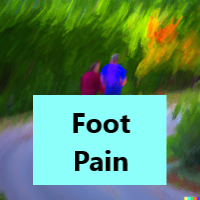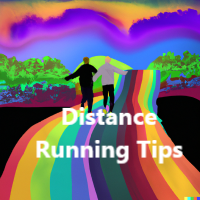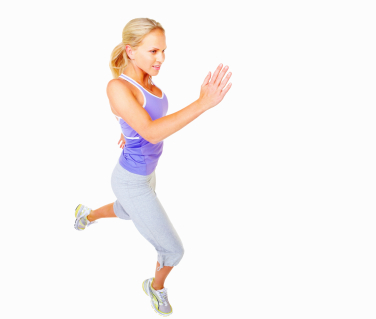Comprehensive Guide on How to Treat Black Toenail
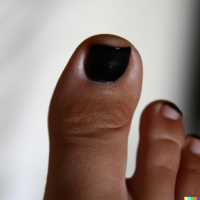
Black toenail from running, also known as runner's toe, is a common issue among both new and seasoned runners. It can cause pain, discomfort, and even alarm when first noticed. But don't worry - it's quite manageable.
So, read on right away and I'll answer the following questions for you:
How Do You Get a Black Toenail?
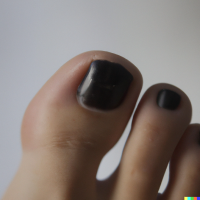
This constant friction causes tiny injuries to the blood vessels beneath your nail bed, leading to bleeding and the formation of a hematoma. A hematoma is a pool of blood under the nail which can cause discoloration, swelling, and pain. In many cases, this appears as a black or purple spot on your toenail - hence the term 'black toenail.'
So, how do you end up with a black toenail? Often, either running in a new pair of shoes, or shoes that are too tight (especially when it comes to the toe-box) or when you are running without socks can cause this type of running injury. It's got to do with the extra friction at the front of the foot.
I had a runner's toe once when I was running on shoes which were long overdue. I guess that was also a moment when I was experiencing extra friction and movement in the shoe.
How to Treat a Black Toenail?
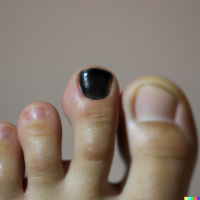
The most immediate step in dealing with a black toenail is to relieve the pressure and reduce the inflammation. You can do this by elevating your leg, applying a cold compress, and taking over-the-counter pain relievers as per their instructions.
However, if your toenail is causing you severe pain, is extremely swollen or the black discoloration covers more than a quarter of your nail, visiting a GP or podiatrist may be your best course of action.
Your medical professional can assess the toenail, and if necessary, create a small hole to drain the hematoma. This procedure is effective at relieving pain. Importantly, it should not be attempted at home to avoid infection risk.
Having said that... "Do as I say, not as I do..." I have done this before and lived to tell the tale by sticking a red-hot needle through my nail. But you did not hear it from me....
In most cases though, even without this bravery, a black toenail from running will gradually improve on its own even without draining. It will take a couple of weeks of discomfort, but eventually it will improve. The affected nail may eventually fall off, allowing a new healthy nail to grow in its place.
It's not a really bad outcome, but it just means that you can be stuck with the black toenail and with the discomfort for days or weeks. In addition, regrowing the nail takes time and during this time the area will remain tender which can really disrupt your running.
How to Prevent a Black Toenail?
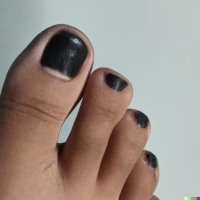
Since it's usually just a case of new shoes or not wearing any socks, a runner's toe is quite easy to prevent. Simply wear good running socks and good running shoes. The shoes should provide sufficient space for your toes.
Shoes that are too tight or too loose can cause your toes to slide and bash into the end of the shoe, leading to black toenails. Especially when your shoes are really new or really old this can happen, so make sure you replace your shoes in time. Running in old shoes is not a good idea for many reasons and often a cause of injury. Runner's toe is possibly one of the more benign side-effects of having overdue shoes.
Also keep in mind to gradually get used to your new running shoes.
Don't do a 2-3 hour long run in your new shoes first thing for example.... :)
Sounds straightforward, but you don't want to know how many of us make the mistake!
Lastly, proper toenail care is pretty important in preventing black toenails as well. Try to keep your toenails trimmed so they do not extend beyond the end of your toe. This can help minimize the impact of your nails against the inside of your shoes.
If you get black toenails often, then you can consider using toe protectors or gel caps. They provide an additional layer of protection and help reduce the pressure on your toes.
Lastly, if the problem does not go away, if the pain or swelling associated with the black toenail persists or worsens or if you notice signs of infection like redness, warmth or discharge.... go see a medical professional. Dr Google can only do so much... it's always best to pay a visit to the doctor for a proper diagnosis and guidance.
In a nutshell, a black toenail from running is a common phenomenon that can be easily managed with appropriate treatment and care. By investing in the right footwear, looking after your nails, and adjusting your running habits as necessary, you can prevent this rite of passage for many runners and continue enjoying your running journey!
Home > Running Injuries > Black Toenail
